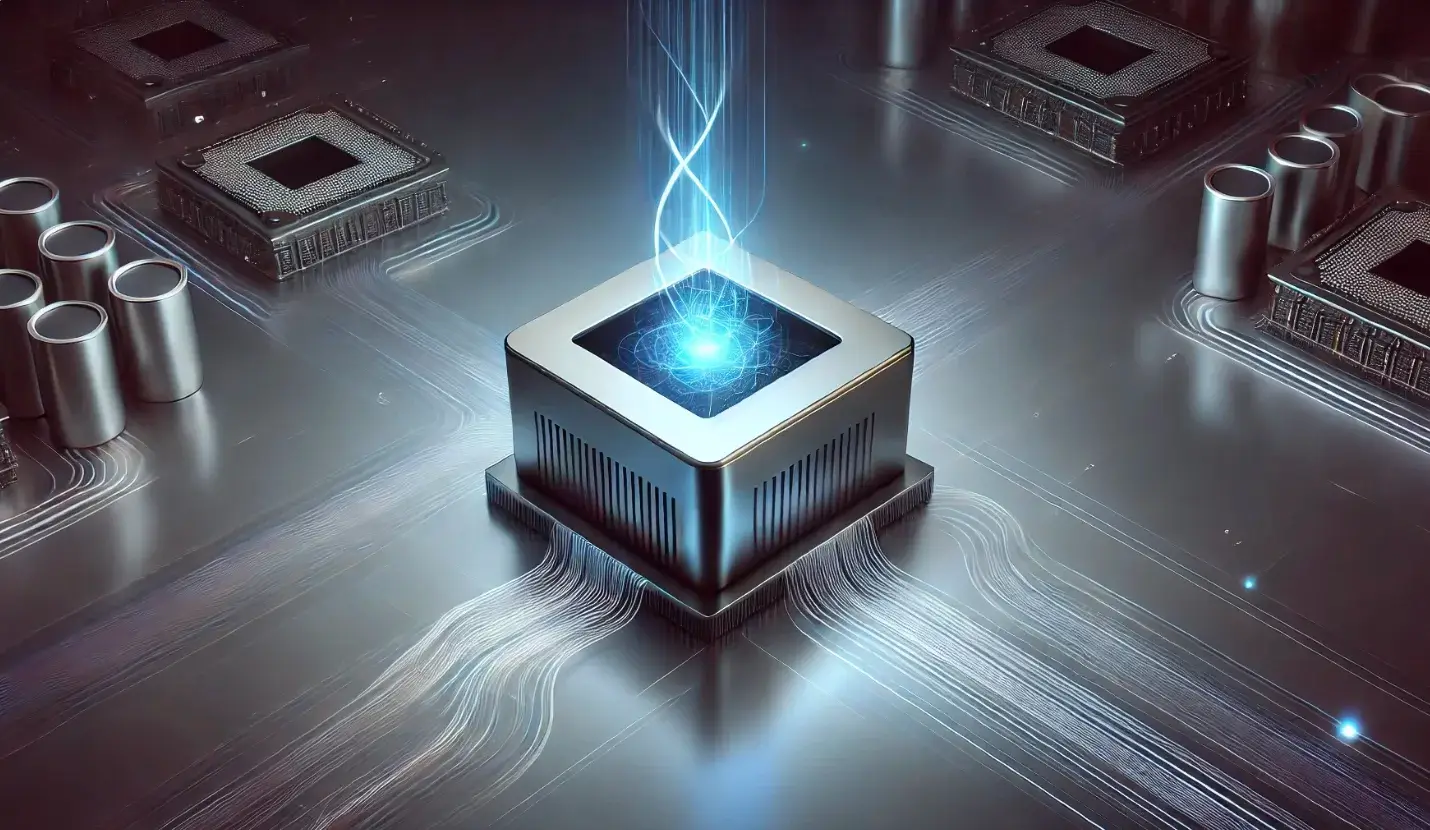In a significant leap for quantum computing, researchers at Caltech have achieved an unprecedented 30-fold increase in the storage duration of quantum information. This breakthrough addresses a critical limitation in current quantum computers, which excel at performing rapid calculations but struggle to retain quantum information for extended periods. The Caltech team's innovative approach, published in Nature Physics, involves converting quantum information into sound waves, paving the way for more practical and scalable quantum computers.
Quantum computers leverage the unique properties of qubits, which, unlike classical bits, can exist in a state of superposition, representing both 0 and 1 simultaneously. This allows quantum computers to tackle complex problems that are intractable for classical computers. However, maintaining the integrity of these quantum states for a sufficient duration has been a major hurdle.
The Caltech researchers, led by graduate students Alkim Bozkurt and Omid Golami and assistant professor Mohammad Mirhosseini, developed a hybrid system that links superconducting qubits to mechanical oscillators. These oscillators store information within sound waves, also known as phonons. The device, resembling a tiny tuning fork, uses vibrating plates to harbor electrical signals that possess quantum information. Measurements showed that the stored information lasted 30 times longer than with current superconducting qubits.
Mirhosseini explained that quantum memory is essential for complex calculations where some results need to be accessed later in the process. He noted that while superconducting qubits are excellent for processing, they are not as effective at long-term storage. By converting qubit data into sound, the Caltech system extends storage times significantly.
This hybrid approach offers several advantages. Acoustic waves travel much slower than electromagnetic waves, enabling the creation of more compact devices. Moreover, unlike electromagnetic waves, mechanical vibrations do not propagate freely, minimizing energy leakage from the system. The team carefully measured how long it took for the oscillator to lose its quantum content, finding that these oscillators have a lifetime about 30 times longer than the best superconducting qubits.
The increased storage time enables more complex quantum algorithms that require temporary storage of information before further processing. Furthermore, the compactness of the design allows for the integration of multiple oscillators onto a single chip, which is crucial for building larger, more powerful quantum computers. The team is currently working on boosting the interaction between electrical and acoustic waves to achieve faster and more efficient transfers. If successful, this hybrid quantum memory design could become a cornerstone technology for future quantum processors.
While the current system can store and retrieve quantum information, the transfer rates need to be increased by a factor of three to ten to meet the demands of real-world quantum computing. Despite these challenges, this breakthrough demonstrates that sound can outperform electricity as a medium for storing quantum information, providing a powerful new tool for quantum engineers and bringing the realization of practical, large-scale quantum computers closer to reality. Other recent advancements in quantum computing include the development of integrated spin-wave quantum memory and the exploration of diamond thin films for quantum technologies.



















